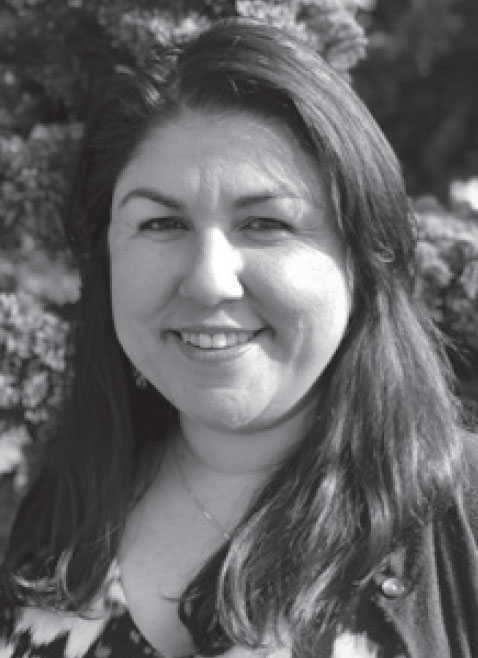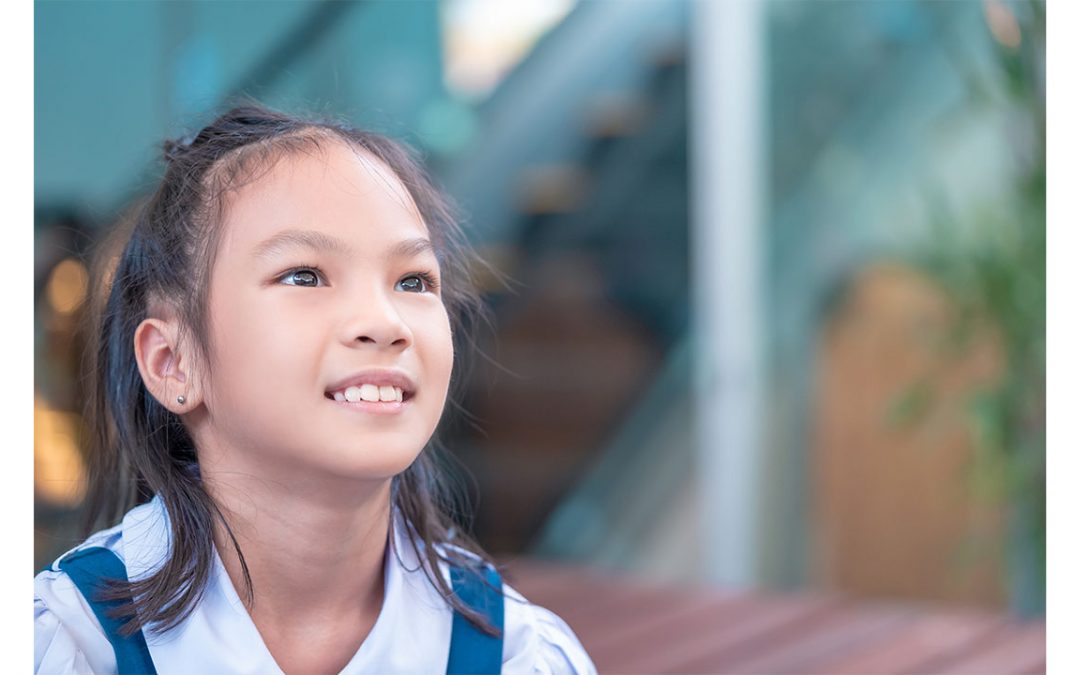Multicultural Deaf Education in Rural Communities:
Challenges and Opportunities for Capacity-Building
By Laura Hernandez, M.A.
Students of diverse racial and ethnic backgrounds face tough realities that require multicultural sensitivity on the part of educators. Students who are deaf or hard of hearing already face tremendous obstacles, and these hurdles are multiplied if they belong to ethnic or racial minority groups. Often, the service disparities faced by deaf and hard of hearing children are even worse for members of poor and immigrant communities. Educators of the deaf should approach their responsibilities with the knowledge that statistically, deaf and hard of hearing children who are from minority backgrounds show significantly lower academic achievement levels (Cohen, Fischgrund, & Redding, 1990). Utilizing multicultural sensitivity in special education is vital to empowering students to learn, grow, and realize their full potential.
As an itinerant teacher of the deaf working with 32 school districts across two counties in northern California, I engage with families from diverse backgrounds who are often in remote and isolated towns. For every student and family that I work with, my first goal is to build rapport. By taking into account the unique aspects of a student’s cultural background, I can be better attuned to the unique values, challenges, and needs of each student and family. Multicultural sensitivity, coupled with compassion, facilitate the formation of deeper relationships with families, which ultimately results in higher quality support for deaf and hard of hearing children.
Working with deaf children often means navigating several layers of culture and intersectionality. Deaf children are already developing the skills needed to be bilingual and bicultural, as they have to navigate both deaf and hearing culture (Parasnis, 1997), but individuals who are both deaf and members of racial or ethnic minority groups must navigate three or more sets of norms, traditions, etc. Children with hearing loss who are from minority ethnic backgrounds often lack models for how to grow up in three cultures (Barkley, 2005), making it all the more important for educators to teach them about how they are special and belong to a larger collective context. For example, a student of mine is profoundly deaf and of Hmong descent. Because most members of the Hmong community where she lived did not use American Sign Language (ASL), she hadn’t learned her ethnic history and couldn’t identify with that aspect of her identity. Wanting to cultivate a connection between her and her heritage, her interpreter and I did a presentation on Hmong culture for her in a language she could understand, which resulted in a meaningful and impactful experience that left her feeling a sense of pride.
Often, students of diverse backgrounds don’t see themselves reflected in the standard educational curriculum, but teachers can take steps to help students feel that they belong. At times, educators may unwittingly discriminate against minority families by being unaware of the different value systems that exist across cultures. These different value systems can cause misunderstandings. While it may be impossible to completely eliminate misunderstandings and obstacles, having an awareness and sensitivity to these matters can help create a more inclusive and responsive environment for students.
Living in a rural area means additional layers of difficulties and challenges for deaf children whose parents don’t speak fluent English. For example, finding qualified interpreters is often difficult, and the isolation and lack of resources have major impacts on educators, students, and families alike. It can be challenging to teach a student about Deaf culture or help them feel like they are a part of it if they don’t have frequent experiences participating in that culture. Also, because communities are small, families may have a hard time finding others from similar cultural backgrounds.
However, these very challenges can inspire both creativity and collaboration. As an itinerant teacher of the deaf, I have utilized a variety of tools to meet the needs of families who do not speak English or ASL fluently. The common feeling of isolation can be remedied by facilitating contact and connections between families who have gone through similar experiences. In other instances, my colleagues and I have made mini-dictionaries and used Google Translate in order to communicate the instructions on how to do the signs in languages other than English. I have also made videos on YouTube in Spanish so families can learn and practice using signs from the comfort of their own homes, and I have burned copies of these videos for families without Internet access. By collaborating with parents and asking families what topics they want to be able to discuss with their children, I keep the focus on the practical functions of communication.
Staying flexible and open-minded while empowering families with resources and tools ultimately helps build a stronger, fuller support network for deaf children. Dedication, respect, and humility are critical assets to providing multicultural education to deaf students from families who speak a language other than ASL or English. Understanding a family’s culture and even learning a few phrases to connect with the family on a human level can go a long way in helping a family to feel respected.
While teachers of the deaf may have an understanding of Deaf culture and hearing American culture, they often have little understanding of other cultures. Such lack of understanding can have tremendous consequences for students and their families. For example, because English is often seen as superior to other languages in the United States, it is important for educators to practice humility, in order to cultivate self-awareness about their own possible biases and preconceptions. Just because a family or student cannot communicate in English, or has an accent, does not mean that they are any less capable or intelligent. Often, the ability to speak English is wrongly equated with knowledge, sophistication, and intelligence.
It is best to assume that families are doing the best they can with what they have. For example, I had a deaf student from Mexico who couldn’t communicate with her parents. School personnel routinely passed judgment or expressed disappointment towards the girl’s family for not learning sign language, without knowing that her parents only had a 6th grade education. Immigrant families are under pressure from those in our field, and often from themselves, to immediately learn two new languages: English and ASL (Steinberg, Bain, Li, Delgado, & Ruperto, 2003) while simultaneously struggling with the realities of immigration laws, racism, and poverty.
During meetings between educators, staff, and parents, parents who don’t understand English may sit in silence and take a back seat, unable to participate fully in the conversations surrounding their child’s education. This silence may be an indicator of various underlying causes. For some parents, their cultural background may consider it rude or disrespectful for them to question decisions made by professionals. For others, the absence of a qualified interpreter creates difficulties in overcoming language barriers. Parents who are undocumented often sit in a silence caused by the tremendous fear that their immigration status generates for them and their family. Frequently, this fear goes unrecognized and may result in a wall between certain members of the educational team. Rather than assume that parents are uninterested, unintelligent, or don’t have input, education and service providers should approach families with respect and create a welcoming and inclusive atmosphere for parents so that the team can collaboratively create the necessary support system for students.
The professional duty of creating an inclusive space extends beyond meetings and classrooms to include social events, which are an important aspect of community-building and can enrich the lives of families and students by connecting them with the Deaf community. Events not only give parents a sense of normalcy by allowing them to see their children socializing and having fun, but they can also provide opportunities for children to feel empowered by meeting successful Deaf adults. In thinking about cultural sensitivity, it is also vital that we think of ways to heighten awareness in the community at large. Engaging in trainings and workshops with outside agencies, like with police departments and hospitals, is one way of educating the community in how to interact with the communities we serve. Furthermore, because there has not been much organizing around this topic, structural solutions — like implementing a multicultural component as a part of training credentials for educators of deaf children — could begin to address this issue on a larger scale.
Our communities are diverse, complex, and rich with a variety of linguistic and cultural expression, much like American society at large. Our education systems, policies, and approaches should reflect that. By making multicultural awareness, activities, and curriculum central and permanent components of deaf education, we can allow for all children to feel accepted, understood, and empowered to fulfill their potential.
This article originally appeared in the Fall 2018 issue of ASDC’s Endeavor Magazine

Laura Hernandez has been an itinerant teacher of the deaf since 2010. She received a bachelor’s degree in elementary education from Humboldt State University, and a master’s degree in special education with an emphasis in deaf and hard of hearing education from the University of Arizona.
As the daughter of immi- grants and a trilingual educator, she highly values multicultural education and believes that it is key to making deaf education inclusive for all.



